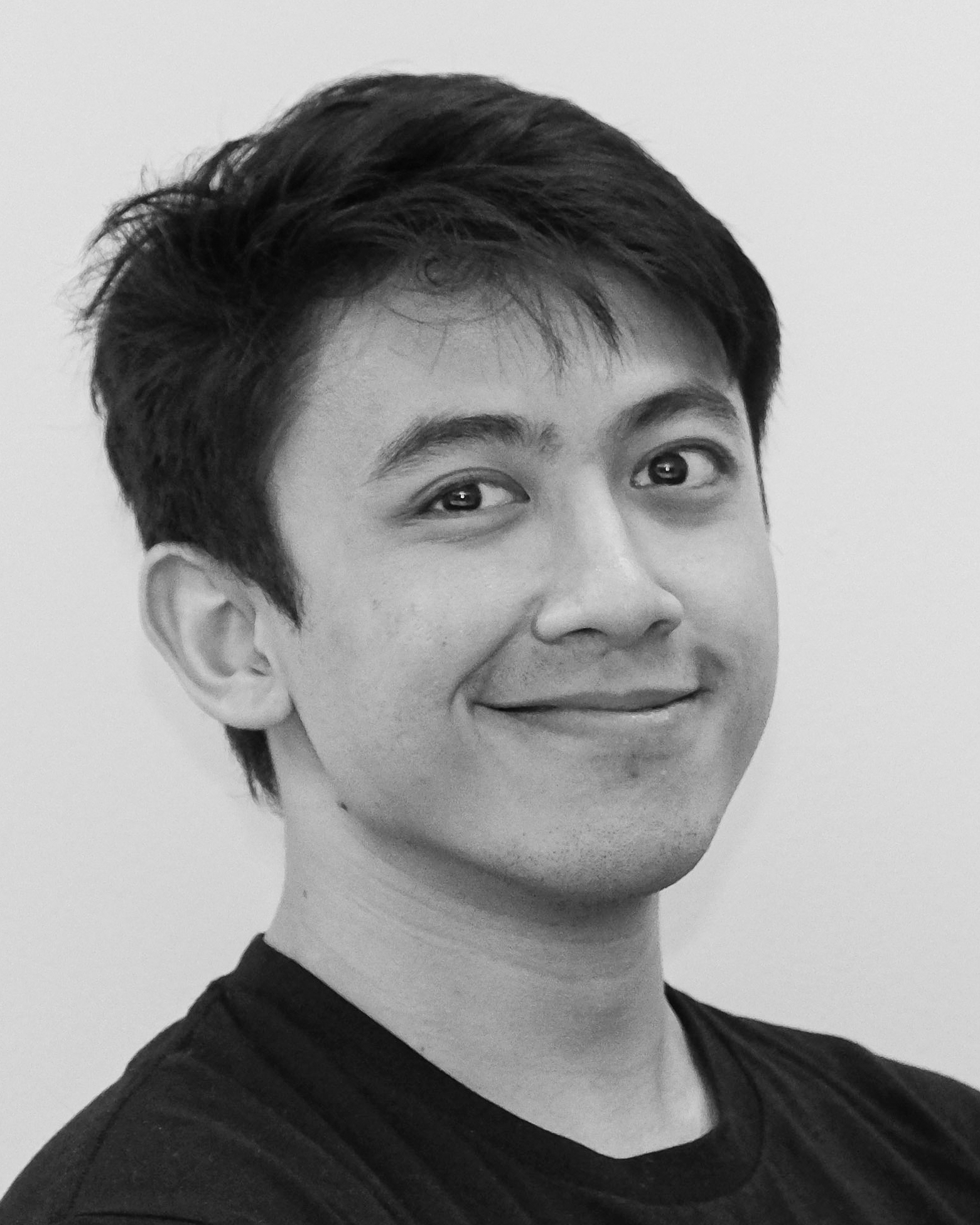KUALA LUMPUR – On the Eve of Chinese New Year, generations of worshippers gathered at the historic Sin Sze Si Ya Temple, the oldest Taoist temple in Kuala Lumpur, steeped in over a century of cultural significance.
Built in 1864 by Yap Ah Loy, a pivotal figure in Kuala Lumpur’s development, the temple saw a surge of devotees praying for prosperity in the Year of the Wood Dragon.
Traditionally, the peak prayer time was midnight, but this year, the crowd began to assemble as early as 7pm, attempting to beat the expected rush.
Despite the early congestion, devotees remained steadfast in their determination to usher in the new year with prayers, undeterred by the crowd, the warmth in the air, or the teary eyes caused by the smoke.
The centrepiece of the Sin Sze Si Ya Temple is a long table in front of the statues of deities Si Sze Ye and Sin Sze Ye at the heart of the sacred site.
Devotees would crawl under the table to dispel any bad luck, or “suey,” for the year. The table is said to also lessen any burdens the devotees are enduring.

One such devotee, David Lim, said he used to crawl under the table during his youth, but now passes the baton to his children to carry it out.
Though not exactly sure of the reasoning behind the process, Lim said his elders often underscored its positive effect, to the point that it has become a tradition for him.
He had been visiting the Sin Sze Si Ya Temple for Chinese New Year for over 30 years without fail.
“This is a yearly affair for (my family and I). We pray for blessings for the whole year, or to ask for forgiveness from the past.
“What’s special about this temple is that it is ancestral, and has been here for over a hundred years, much before we were all born,” said Lim, who is in his 60s.
Lim also expressed confidence that his children would continue the tradition of visiting the temple annually, as his daughter would often seek guidance from the deities for her education.
Another devotee, who wishes to go by Tan, similarly said crawling under the table became a tradition for his family.
“I’ve been coming (to this temple) since my 20s, and now I am 42-years-old. My mother used to bring me here, and now I bring my wife and children to continue the tradition,” he shared.
Tan, however, said he aimed to visit at least three temples in a single night, to welcome more blessings.
For this year, he hopes his career endeavours will be in his favour, adding that the Year of the Wood Dragon is generally auspicious.

Besides the table, devotees may also pray to the master of deities, Tai Sui Ye, for prosperity, as well as good fortune and health.
Other deities include Jin Hua Fu Ren (the goddess of child-bearing), Hua Fen Fu Ren (the goddess of beauty), Guan Yin Pu Sa (the goddess of compassion) Bai Hue Ye (the white tiger), and Guan Di Wen Chang (the god of literature), among others.
The temple was completed in 1883, about two decades after construction began.
The temple was Yap’s tribute to the deities Si Sze Ye and Sin Sze Ye, who he said guided him when defending Kuala Lumpur during the Selangor Civil War.
The patron deities were said to be two real individuals close to Yap – his loyal lieutenant Chung Lai, and fellow Kapitan member Sheng Meng Li. – February 10, 2024


